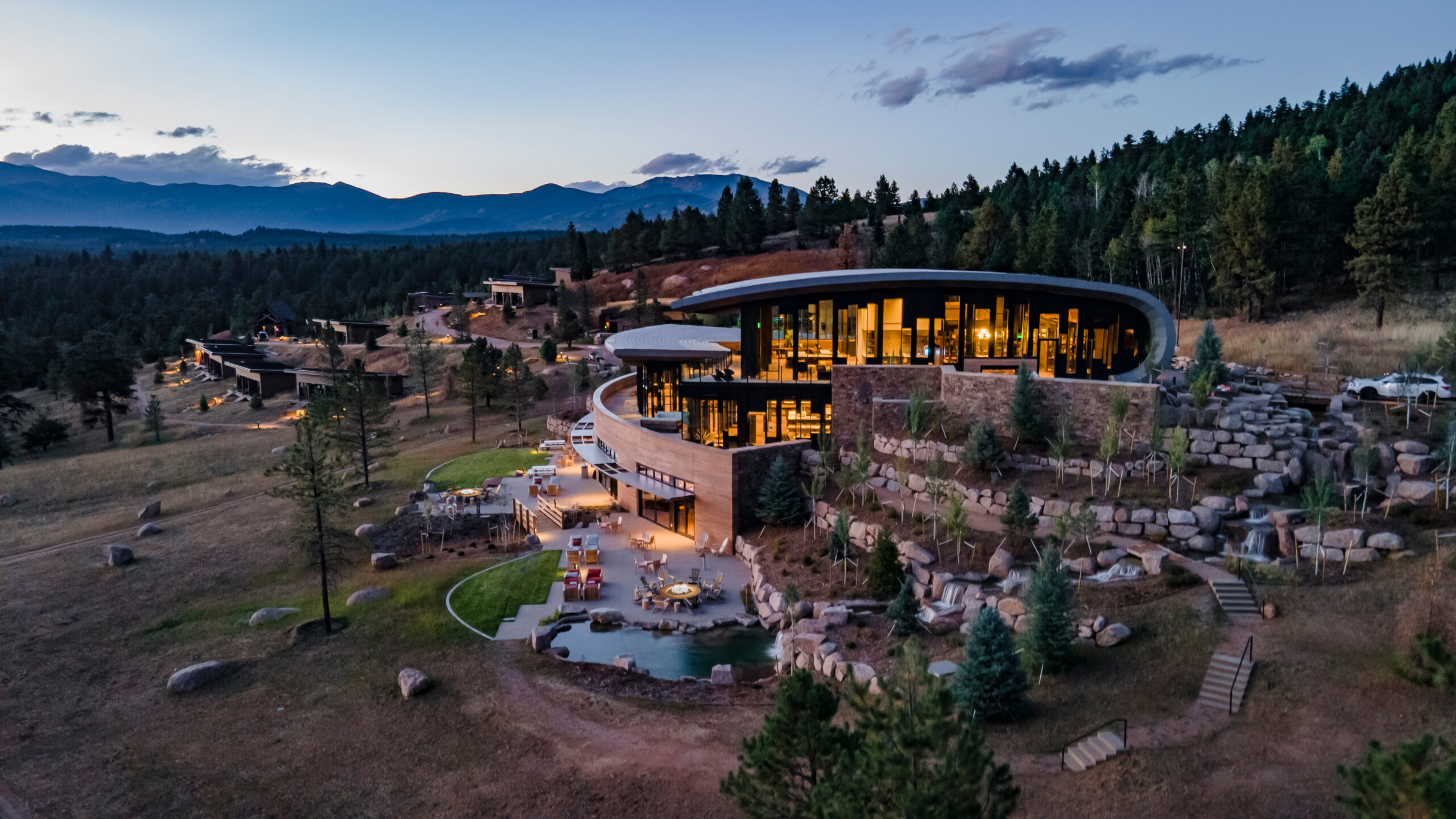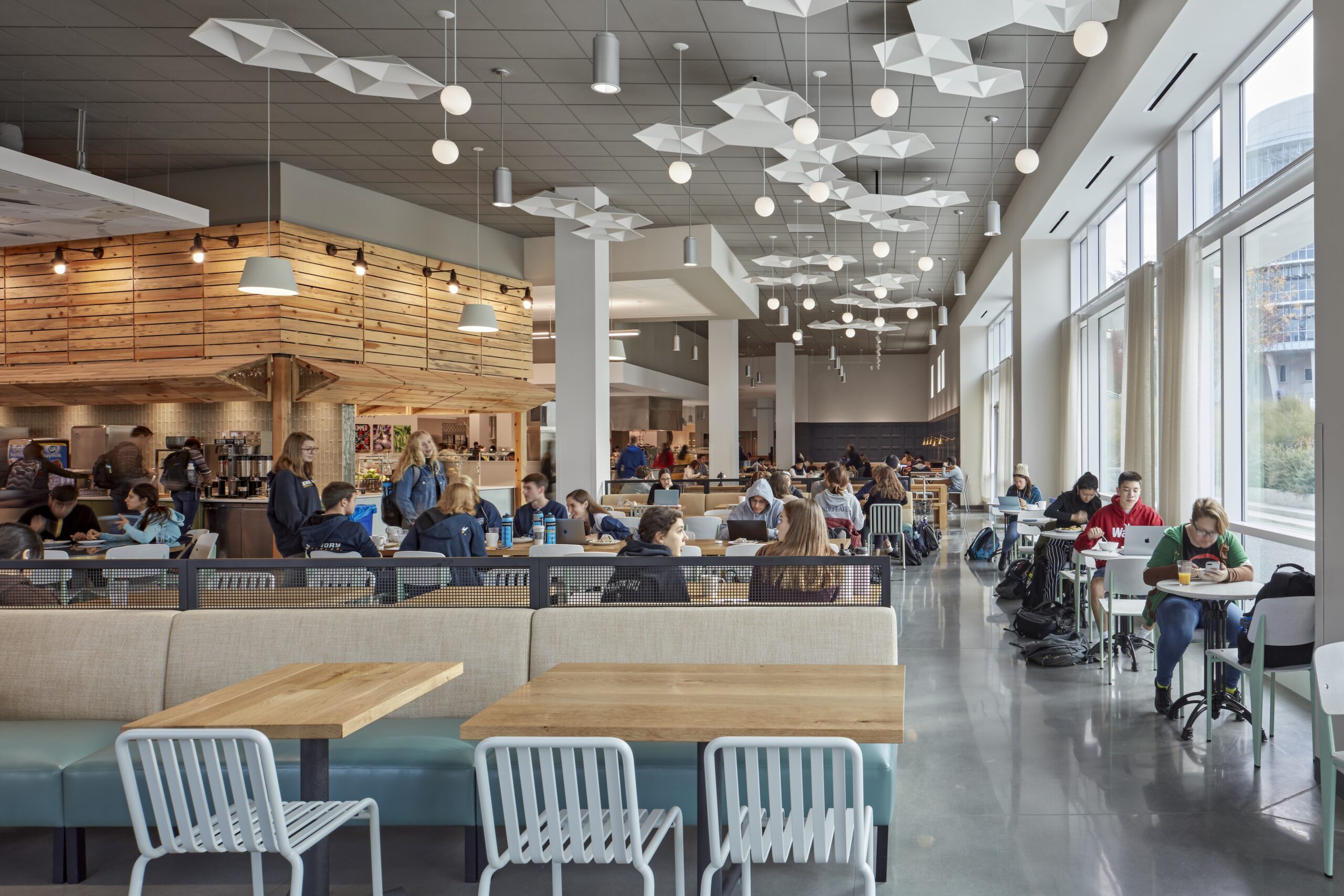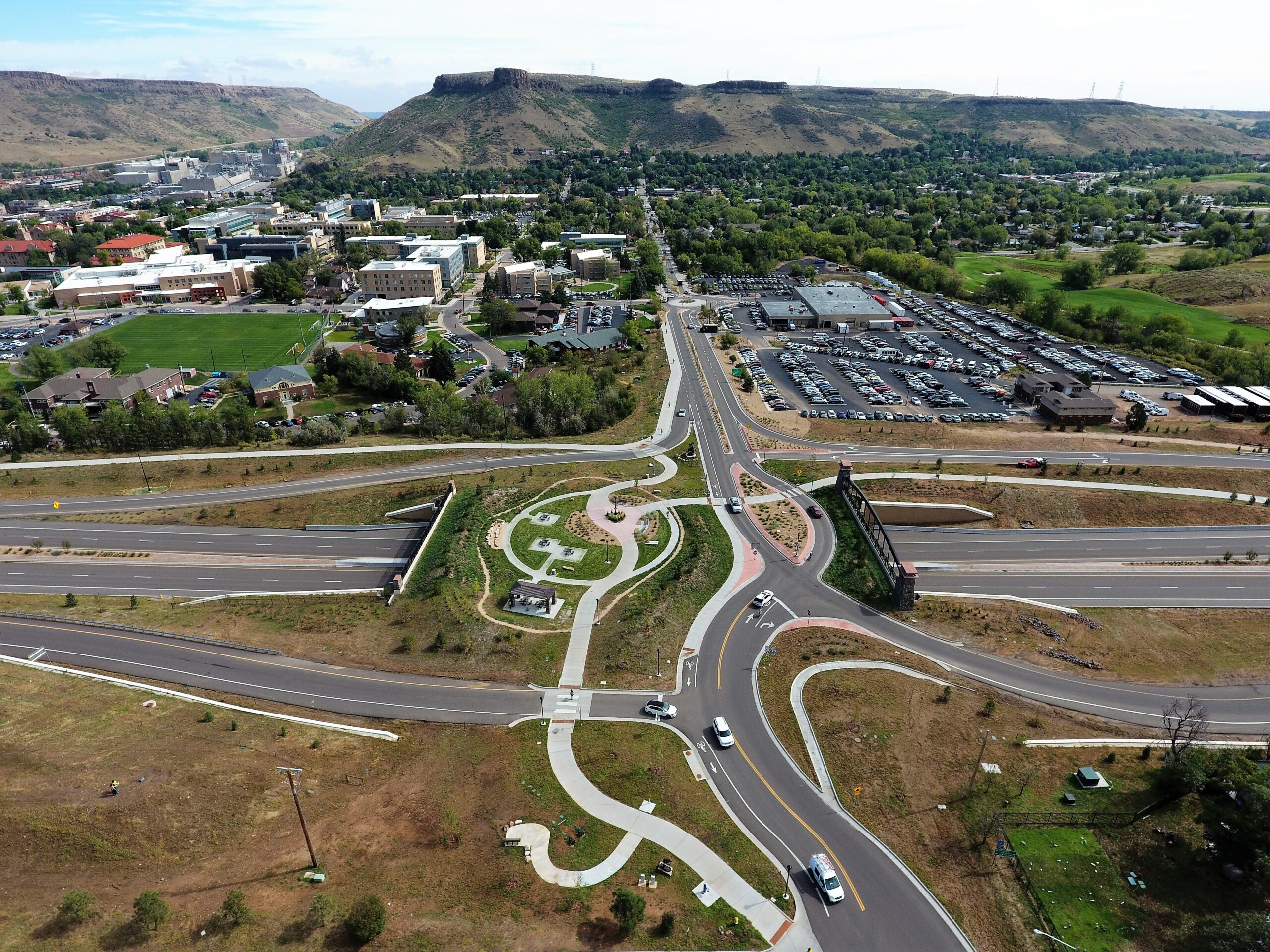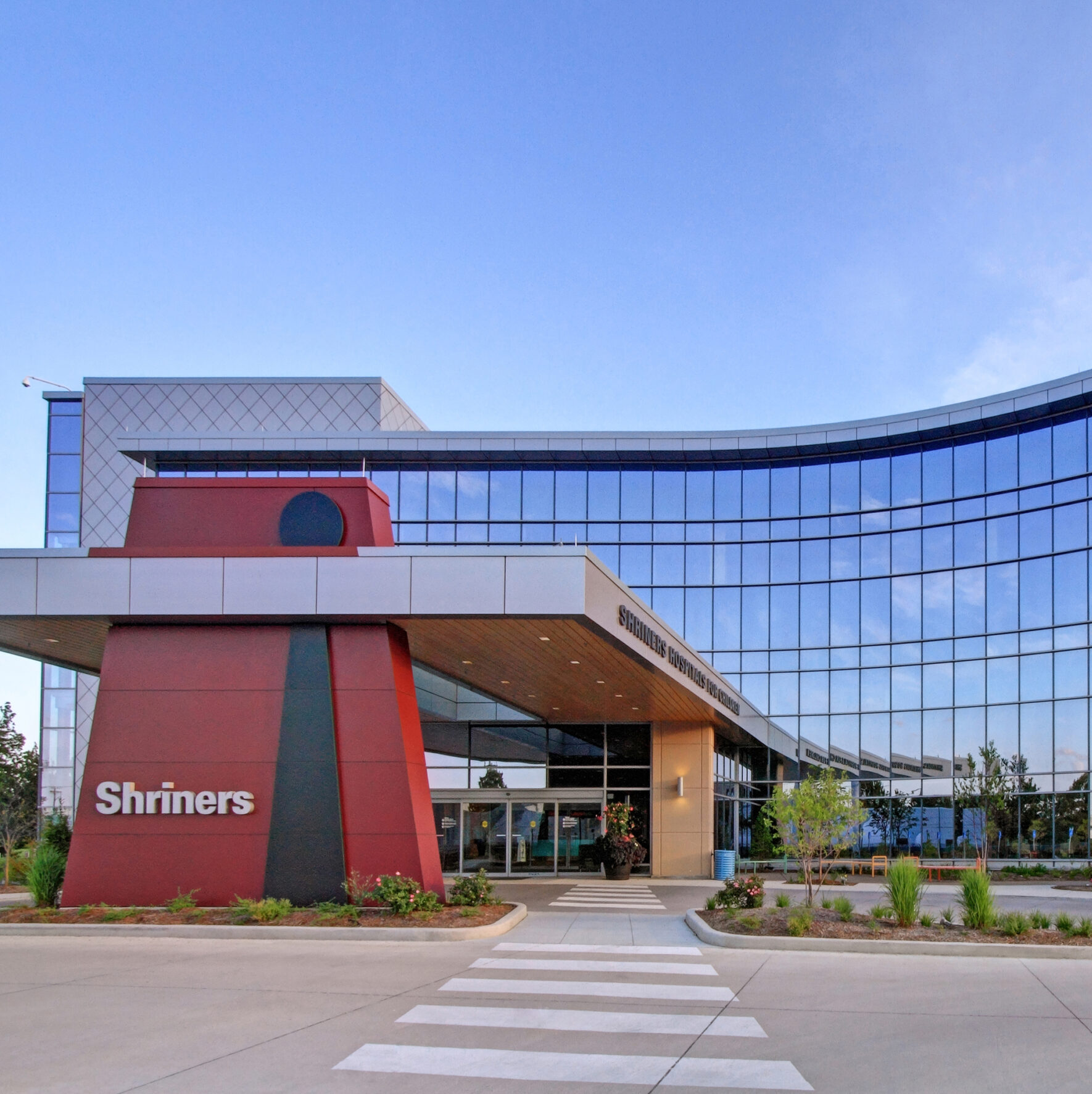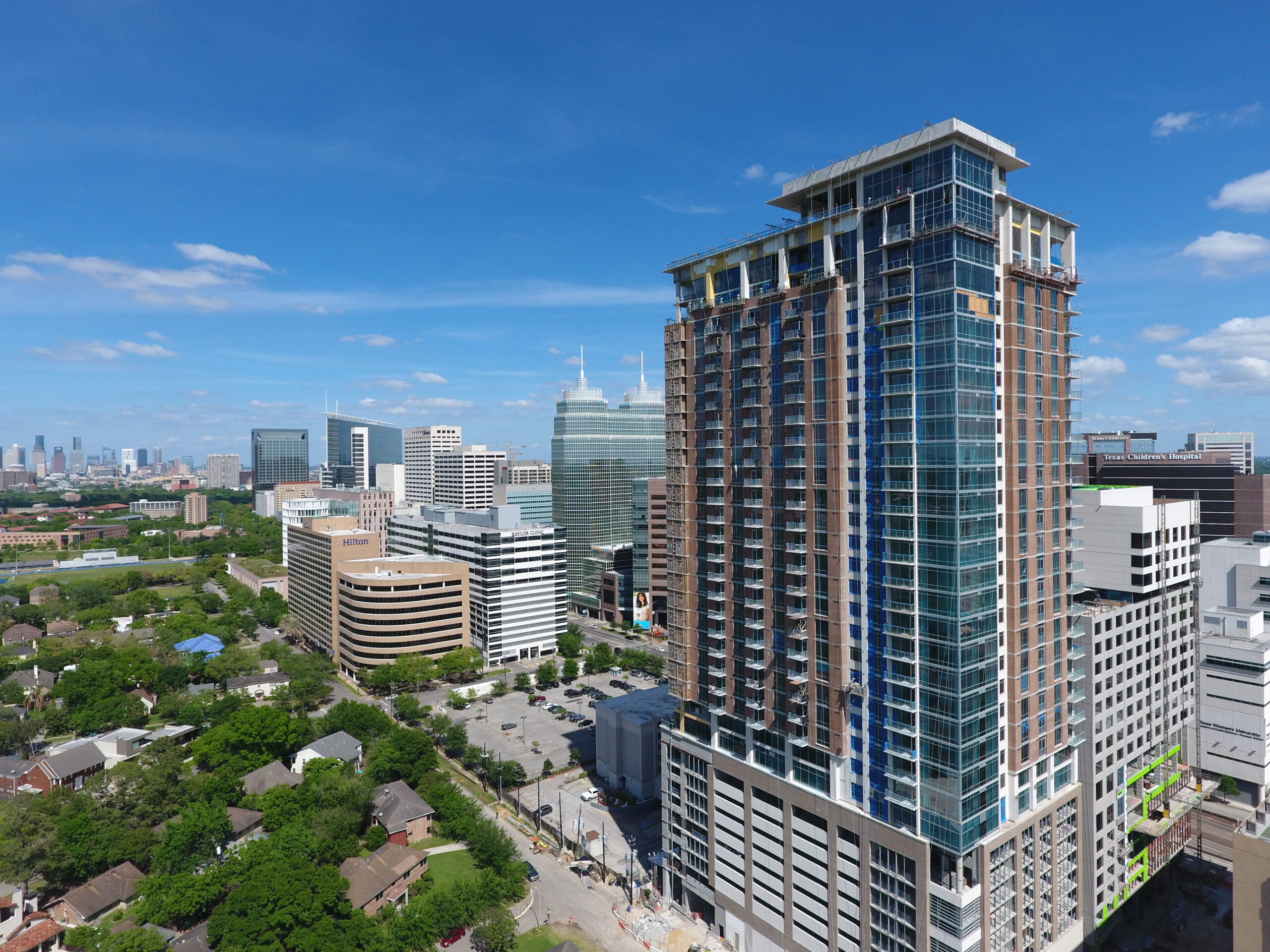Hermes Test Reactor
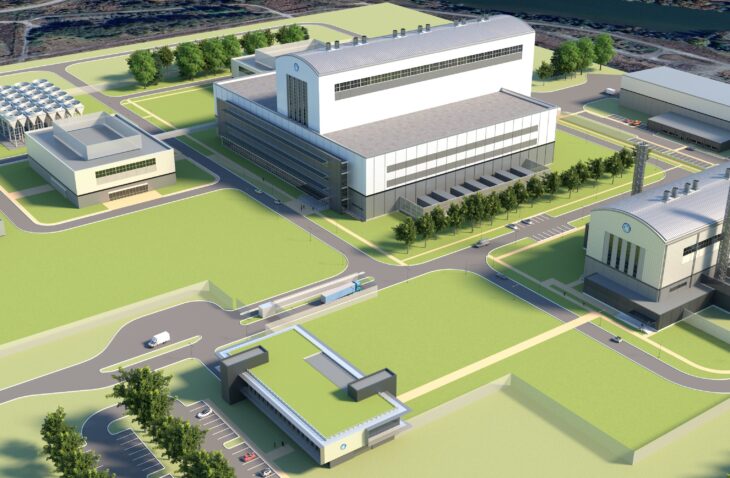
The project: A new, five-story, non-safety related (NSR) structure of the Hermes reactor building housing a new injection tunnel for SLAC LCLS-II. The facility includes a briefing room; transition areas; hot labs; SFP rooms; TMS skid; supplemental inert cooling gas; RIO and heaters; RPS; process electrical, IT, UPS, and shafts; Passenger and Freight Elevators; control rooms; loading dock; insertion; inspection; pebble storage; compressor skid rooms; buffer tank; treated water room; and radiological waste storage.
The goal: Design a facility that supports the commercializing of advanced reactor technology to produce an affordable nuclear heat option.
Challenge: As this is the first building of its kind, the design and requirements changed constantly and drastically. Solution: Process systems were developed simultaneously with the building systems infrastructure.
Additional challenges included navigating through applicable building codes and working with the rapid project schedule.
Project highlights:
- Water based fire suppression is not allowed in radiological areas, so a Clean Agent Inert Gas System was implemented. Trench drains and floor drains are located throughout the corridor to keep water out of radiological areas.
- DI/RO treated water system is required for SFPT Design
- HVAC cooling is required for the HRS Stack enclosure
- Processes must remain operational during power outage, seismic event, etc.
- Fire water containment is required in areas where radiological contamination can occur
- Medium voltage supply is required for process loads
- 2 parallel 2.4 mW gen sets for process loads
- Water storage tank is required if city water supply is lost
- Inner building and annex are structurally separated for seismic reasons. This was considered during MEP design when crossing between building structures.
- Smoke evacuation system is required for the loading dock and maintenance deck area
- HVAC system separation necessary between radiological and non-radiological areas
- Class 1, grade D compressed air is included in the design
Project outcome: The new facility will support the advancement of new technologies in nuclear energy to ultimately reduce greenhouse gasses for power generation.
